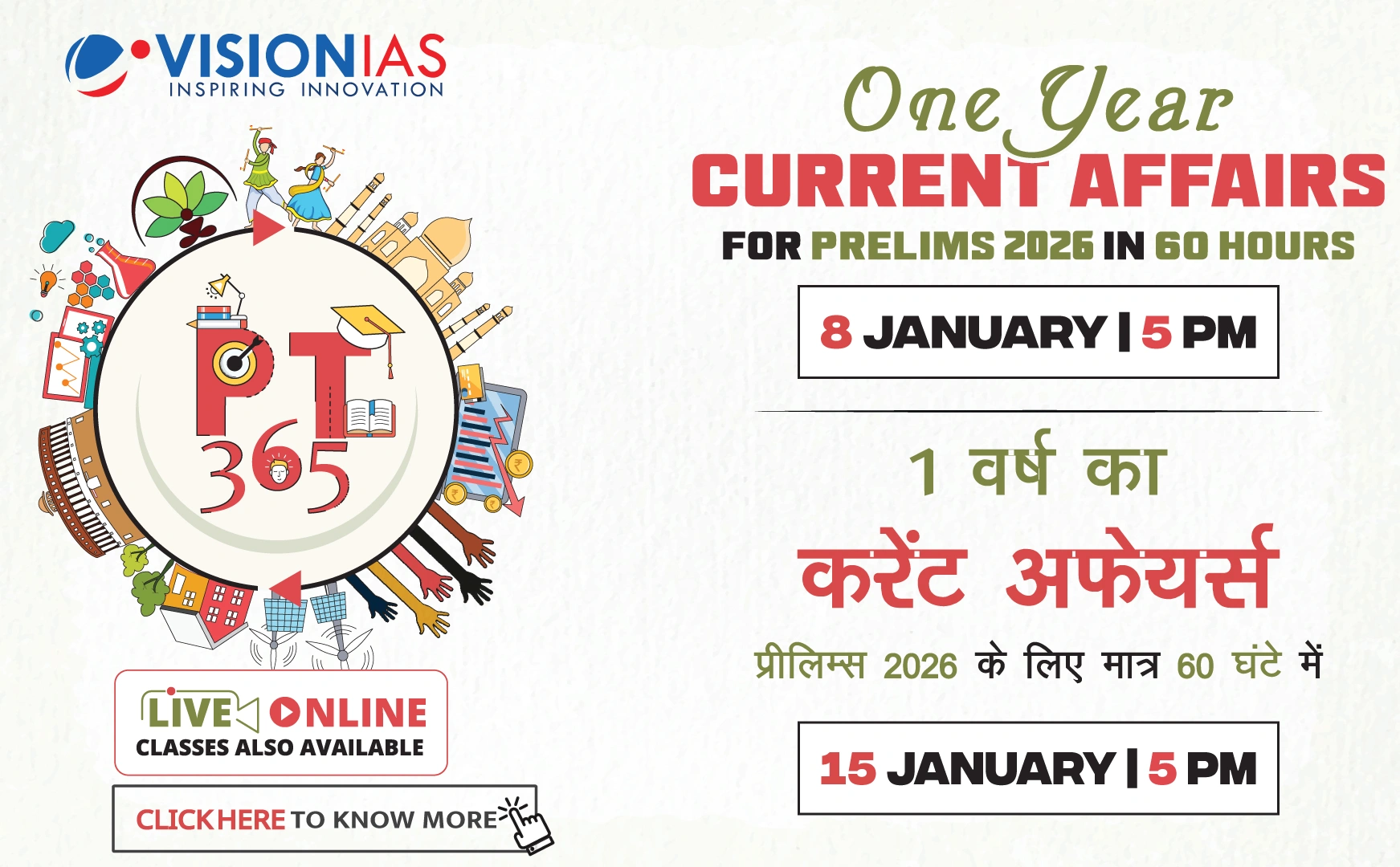PM Surya Ghar Scheme Overview
The PM Surya Ghar scheme, launched by the Indian government, aims to promote rooftop solar installations across households in India. This initiative is part of a broader effort to boost renewable energy in the country.
Key Statistics and Targets
- The scheme was officially launched on February 15, 2024, with a budget allocation of ₹75,000 crore.
- As of January 2025, 8.5 lakh households have installed rooftop solar connections.
- The target is to achieve one crore household installations across India within the next two to three years.
Implementation Challenges and Progress
- The Parliamentary Standing Committee on Energy noted a "slow pace" of installations, with only five lakh completed from 20 lakh applications by October last year.
- Delays were partly due to "rain-related" issues, but efforts are on track to cover 12 lakh households in the financial year 2024-2025.
- Daily installations have increased from 3,000 to 9,000.
Subsidy Details and Financial Incentives
- The scheme subsidizes 60% of the solar unit cost for systems up to 2 kW and 40% for systems between 2 kW and 3 kW, with a subsidy cap at 3 kW capacity.
- Current benchmark prices offer a subsidy of ₹30,000 for a 1 kW system, ₹60,000 for 2 kW, and ₹78,000 for 3 kW systems or higher.
India's Renewable Energy Landscape
- Union Minister Pralhad Joshi emphasizes that India is poised to add 50 GW of new renewable capacity annually in upcoming years.
- India's installed renewable capacity has increased by 200% over the last decade, from 75.52 GW in 2014 to 220 GW today.
- The tariff for grid-connected solar power plants has decreased by 80%, from ₹10.95 per unit in 2010-11 to ₹2.15 per unit, promoting India's leadership in affordable renewable energy.



